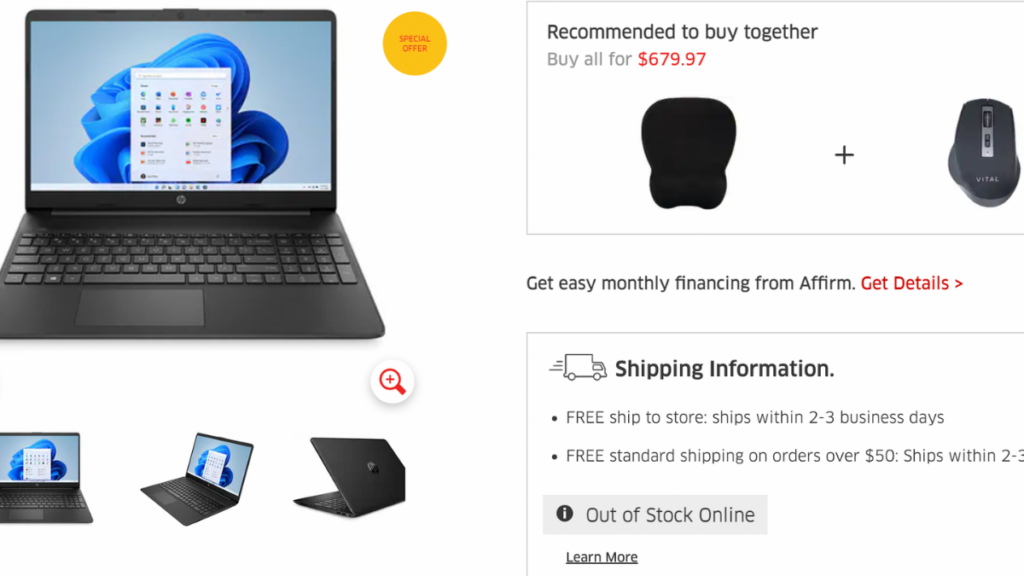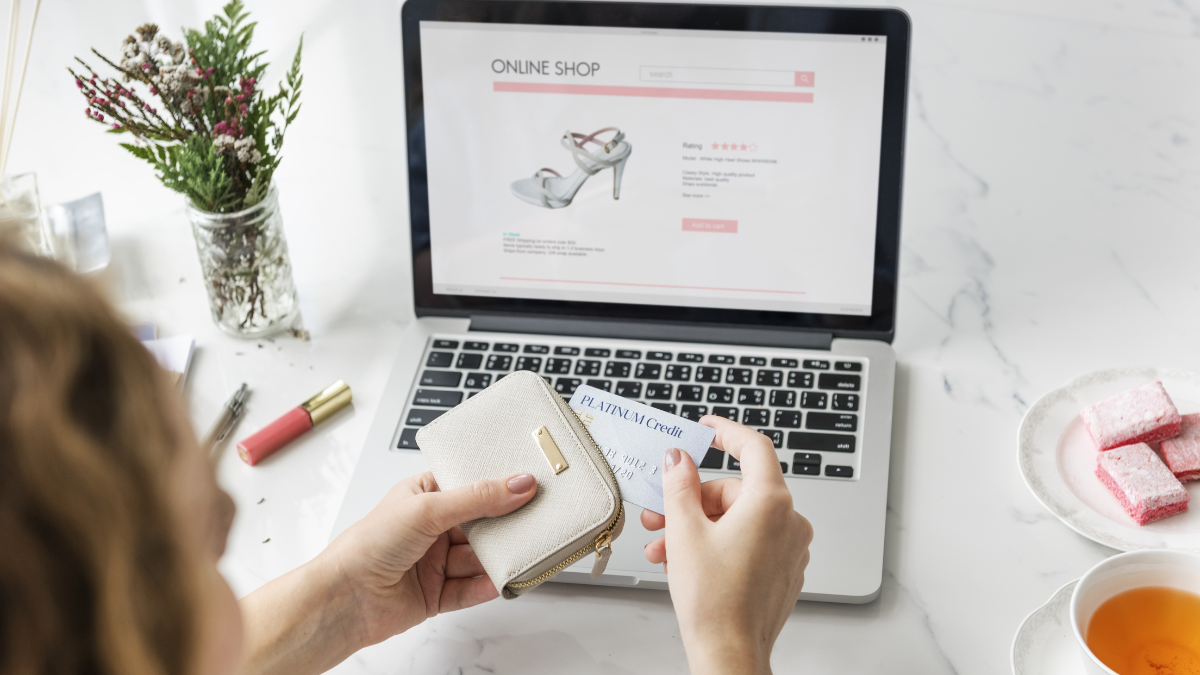Staying ahead of the competition requires a toolbox full of innovative strategies. One strategy that has been making waves and revolutionizing the way products are sold is product bundling.
Whether you’re a seasoned online retailer or just starting your ecommerce journey, understanding the ins and outs of product bundling can open new doors to increased sales and customer satisfaction.
Let’s get started.
What is product bundling?
Product bundling is a technique that involves packaging two or more products together and offering them at a discounted price compared to buying each item separately. This strategy capitalizes on the psychological phenomenon known as the “perceived value.”
When customers see a bundle of complementary items offered at a lower price, they often perceive the value of the deal to be greater than the sum of its parts.
Imagine you’re a fitness equipment retailer. You could create a bundle consisting of a yoga mat, resistance bands, and a reusable water bottle.
Individually, these items might not seem like a lot, but when bundled together and marketed as a “Complete Home Workout Set,” suddenly, you’re providing a solution rather than just products.
It resonates with customers who are looking for convenience and a comprehensive approach to their fitness journey.

Real-life success stories
Let’s take a look at a real-life example that illustrates the power of product bundling. Amazon’s “Frequently Bought Together” section suggests products that are often purchased alongside the main item. This nudge encourages shoppers to consider additional items, increasing the average order value.
For instance, when buying a digital camera, customers are prompted to add bundles like memory cards, camera bags, and tripods, resulting in a win-win situation for both the customer and the retailer.
Creating an irresistible bundle
Creating a product bundle doesn’t have to be complicated, but business should do their research. It’s not necessarily about bundling any two or more products together.
Here are some things to consider:
Utilize market research
Market research is a crucial step in crafting a successful bundle. It involves a thorough examination of your product offerings to identify items that naturally complement each other.
Customer feedback, reviews, and suggestions can provide valuable insights into potential complementary products.
Look for products that not only solve related problems but also enhance the benefits of the main product, creating a seamless and enhanced experience for the customer.
Enhancing the buyer's journey
Enhancing the buyer’s journey is a strategic approach that involves mapping out the customer’s experience from initial interest to final purchase.
During this process, it’s important to identify the specific touchpoints where additional products can truly elevate their overall interaction with the main product.
By strategically offering accessories, add-ons, or complementary services aligned with different stages of product usage, you enhance the customer’s perception of the bundle’s value.

Strategic pricing
Strategic pricing is another essential aspect to consider. Experiment with different pricing strategies to strike the delicate balance between offering customer value and maintaining profitability.
Bundling products together should provide a slightly discounted rate compared to purchasing each item individually. Emphasize the cost-effectiveness of the bundle, demonstrating how customers save more by choosing the bundled option
Leveraging psychological factor
Leveraging psychological factors can significantly influence the success of a product bundle. Tap into the psychology of perceived value and reward by showcasing the savings customers gain from purchasing the bundle.
Incorporating elements of scarcity and limited-time offers can create a sense of urgency, prompting customers to take advantage of the deal before it’s gone.
Increased purchase likelihood
An effective bundle should increase the likelihood of purchase. When customers perceive that they are receiving more value for their money through a bundle, they are more inclined to make the purchase.
Highlight the combined benefits of the bundled products, illustrating the comprehensive solution it offers. The bundle’s appeal is in addressing multiple needs or use cases, making it a practical and attractive option.
Stimulating impulse purchase
Product bundles can stimulate impulse purchases by strategically combining familiar and lesser-known items. This triggers customers’ curiosity and desire to explore new products they might not have considered otherwise.
Visual aesthetics can also play a significant role in impluse purchases. Appealing packaging and marketing can make the bundle visually enticing and difficult to resist.
Strategies for effective product bundling
There are many different strategies for bundling. Here are some of the more common ones.
Complementary bundles
Pair products that naturally go together. If you’re selling a coffee maker, bundle it with a set of gourmet coffee beans and stylish mugs.
Tiered bundles
Offer bundles at different price points to cater to a range of budgets. For example, a tech retailer could offer a basic bundle with headphones and a charging cable, a mid-tier bundle with those plus a phone case, and a premium bundle including all previous items plus a portable charger.

Limited-time bundles
Create a sense of urgency by offering time-limited bundles. This encourages customers to make a decision quickly, driving conversions.
Cross-category bundles
Get creative by bundling products from different categories. An online fashion retailer could bundle a trendy handbag with a bestselling novel or a set of scented candles.
Offer product bundling to drive sales
Product bundling can be a great strategy that not only drives sales but also enhances customer engagement by offering a convenient, value-packed shopping experience.
By tapping into the psychological triggers of perceived value and strategic bundling, online retailers have the opportunity to reshape their product offerings and sell more to their customers.
As you explore the possibilities of bundling, remember that the real magic happens when customers find more than just products – they find solutions, convenience, and irresistible deals.

